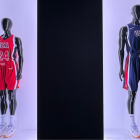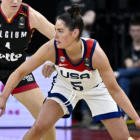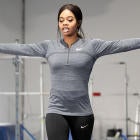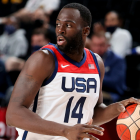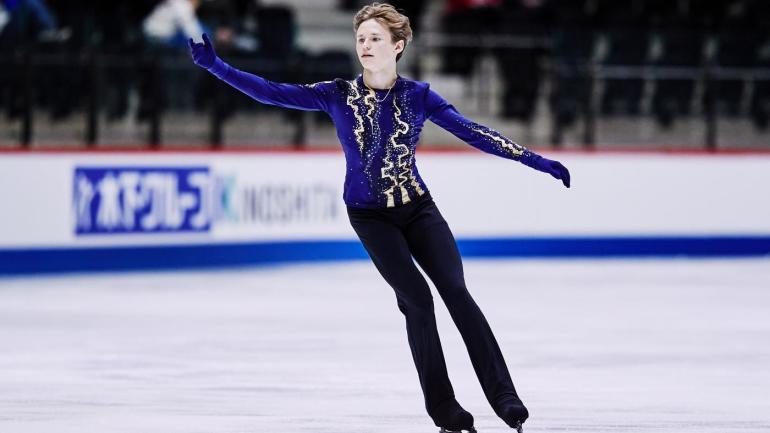
American figure skater Ilia Malinin made history on Sept. 14 when he landed the first quadruple axel in a competition setting at the U.S. International Classic in Lake Placid, New York. The 17-year-old was the World Junior champion earlier this year.
Out of all the figure skating jumps, the axel is the only one with a forward takeoff. It's landed backward, just like all the others, which means that quad is actually 4 1/2 revolutions in the air.
HISTORY HAS BEEN MADE❗️
— U.S. Figure Skating (@USFigureSkating) September 15, 2022
Ilia Malinin lands the first quad Axel in history 🤯 at the #USIntlClasic pic.twitter.com/rppq73tQ5v
After Malinin's achievement, all jumps — including the lutz, flip, loop, salchow and toe loop — have now been performed as quadruples in official ISU sanctioned competitions.
Two-time Olympic champion Yuzuru Hanyu from Japan attempted the quadruple axel at the last Winter Games, but the jump was under-rotated and he fell when trying to land it. Malinin said Hanyu's attempt was part of his motivation to try it.
"I had an idea for trying it for a little while now. March or April was when I really started to work on the technique and try to improve it," Malinin said. "[Hanyu] definitely inspired me to try it here."
Malinin — who refers to himself as "Quad God" on social media — was skating his free skate program to "Euphoria" by Labrinth. He put the quadruple axel early in the program as a strategy to make sure his legs were fresh. The difficulty makes the quadruple axel a very valuable element. It has a base value of 12.50 points and an execution grade of 1.00. Based on the judges scores, Malinin had a clean landing.
In competition, figure skaters have to do two programs. Malinin was sixth after his short program, but his free skate (also referred to as the long program) earned him 185.44 points to help him rise to the gold medal. He ended the competition with a total of 257.28 points and his name in the history books.
Malinin had already landed the quadruple axel in practice several times, but he admitted that practice and competition can feel very different.
"It felt really good. When I'm practicing it, it's pretty easy for me to figure out how to get the right timing and everything to have it be a good attempt," Malinin said. "To do it in competition is a different story because you have nerves and pressure that can get in the way of that. So I have to treat it like I'm at home, and it feels pretty good."














